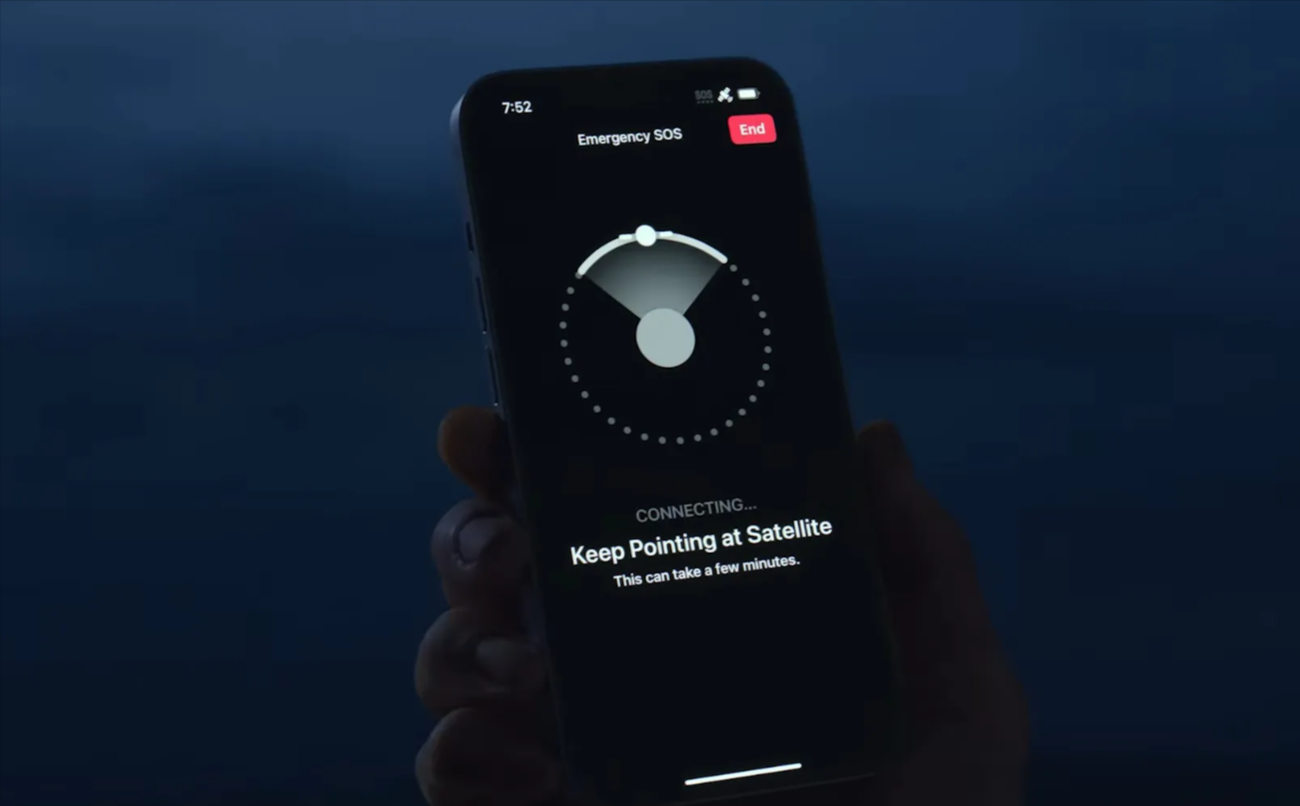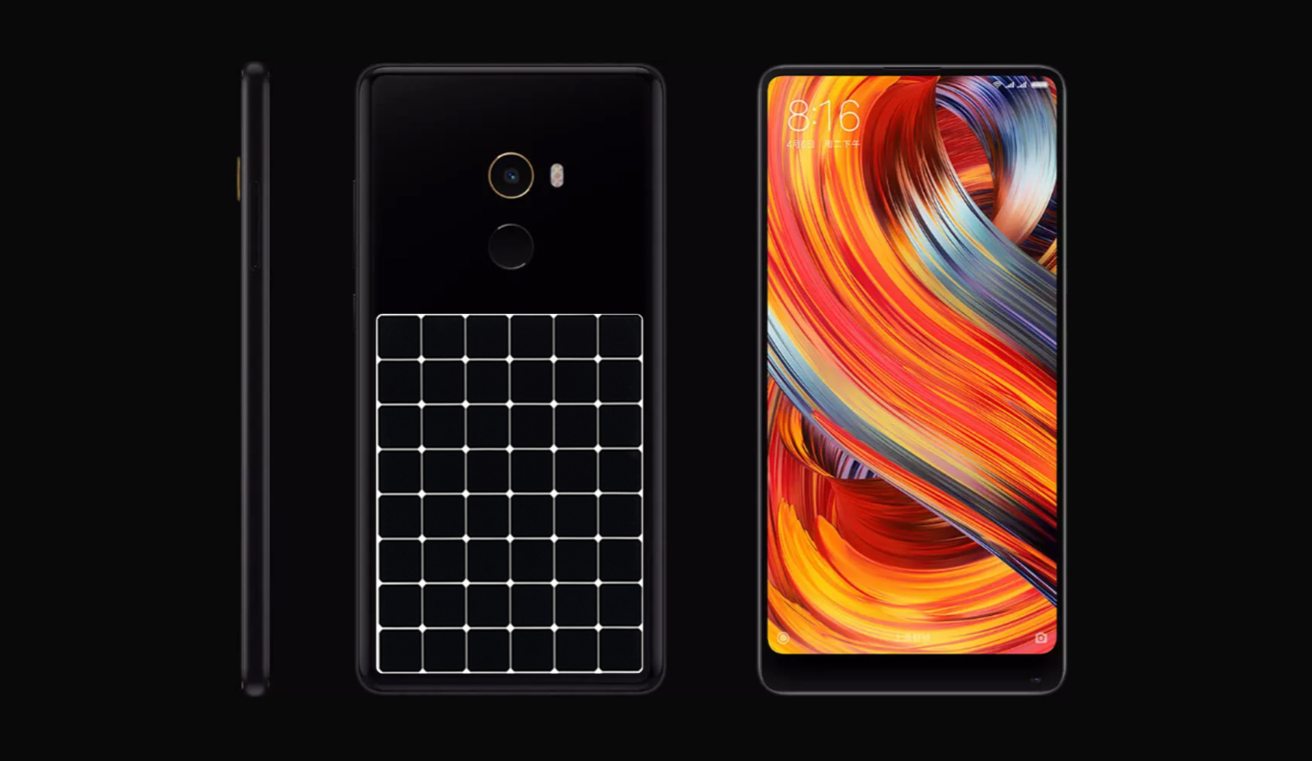How Satellite Connectivity in Smartphones Is Revolutionizing Communication

Nowadays, being hooked up to the world matters a ton. Most city places get their share of cell service, but when you hit the boonies, catastrophe-struck spots, or just the countryside good luck finding a decent signal. But check it, smartphones that can talk to satellites are changing the whole game.
Smartphones are gobbling up satellite tech, and this means folks can toss out SOS texts buzz someone, or tap into must-have chats with zero cell bars. Now, you're thinking, "Cool, but what's the magic behind it?" and "What's this gonna mean for shooting the breeze down the line?"
This write-up digs into how linking up to satellites is setting off a huge shift in chat time laying out the perks and the headaches, and spilling the beans on what's headed our way.
1. Satellite Links in Phones, What's That About?
Phones connect to satellites so folks can chat through space tech, not just cell towers on the ground. Unlike the usual network stuff that needs towers, these space gizmos whirling above us get signals to places where it's super hard to reach.
Here's why it's wicked helpful:
✔ To send SOS signals in zones hit by disasters or off the map
✔ For gutsy explorers or globetrotters in the sticks
✔ Over oceans and up in the sky where normal connections bail
✔ In countryside spots where mobile signals are a big fat zero
Smartphones hook up with satellites to fire off texts ring people up, and get on the net in a basic way, depending on what tech they got.
2. Satellites and Their Sneaky Ways of Connecting?
Talking through satellites ain't like your regular cell signal. Here's the scoop on how it goes down:
A. Regular Cell Talk versus Space Chat
FeatureCellular NetworkSatellite NetworkCoverageSticks to zones with towersEverywhere even the far-off spotsInfrastructureNeeds towers and control spotsRolls with space satellitesSignal StrengthStuff can block it, like buildings and treesFrees up in the wide blue yonderLatency (Delay)More chillA tad more wait timeUsageYour gabfest, messaging, and web surfingFor when you're out in the sticks, like emergencies and off-the-grid yakking
B. Kinds of Satellite Connections
Smartphones tap into two primary satellite network types:
Low Earth Orbit (LEO) Satellites
✔ They sit nearer our planet (spanning 500-2,000 km)
✔ They promise quicker messages and less lag
✔ "Starlink", "Iridium", and "OneWeb" rely on these
Geostationary Orbit (GEO) Satellites
✔ These are way up there, at 35,786 km
✔ They can cover vast regions but are slower to respond
✔ "Inmarsat" and "HughesNet" pick these for their operations
Loads of smartphone makers are now shaking hands with LEO satellite businesses 'cause they offer quicker and better links for folks using mobiles.
3. The Top Perks of Smartphones Hooked Up to Satellites
A. Boosted Emergency Chats
One of the top perks of satellite hook-ups is they can hit up emergency crews anywhere on the planet.
✔ SOS yells for help: When folks are either lost or in a pickle, they can holler for help. ✔ Aid during disasters: This one's a biggie in spots whacked by gnarly storms, quakes, or wild fires when normal phone stuff just gives up.
✔ Zippier saving moves: The big wigs can pin down where you are and zoom in fast.
B. Solid Signal Out in the Boondocks
✅ Folks living out in countryside rugged peaks, or barren sandy lands keep in touch thanks to smartphones with satellite links.
✅ It's a big deal for folks who travel, hike, sail, or work from far-off places.
C. Stepped-Up Chatting for Different Trades
✅ The folks working in maritime and flying businesses get to chatter while on the move with these satellite-connected phones.
✅ The agri workers, diggers, and brainy folk out in the sticks can chat without shelling out big bucks for fancy sat phones.
D. Tighter Safety and Getting Ready for Sudden Trouble
✅ The government and spy squads make sure they can chat in emergencies.
✅ The biz world can have a chat backup ready if the regular cell signals go bust.
4. Tough Spots and Downsides
Satellite stuff in phones is cool but it's got its probs:
A. Not Too Much Stuff and Not Enough Space
✔ Right now, sending texts through space is all it can do (like Apple's Emergency SOS thingy).
✔ We're still figuring out how to make calls and get on the net using satellites.
B. You Gotta Pay More
✔ Chatting via satellites can make your wallet cry harder than regular phone stuff.
✔ You might have to cough up cash or grab some fancy gear to make it work.
C. Slower than a Snail and Takes Forever to Respond
✔ LEO satellites guarantee quicker connections, but they don't quite reach the levels of 5G or fiber networks.
✔ Sending data takes more time, which makes video chatting in real-time a bit of a hassle.
D. Hurdles in Rules and Tech Stuff
✔ Each country sets its own rules for satellite communication.
✔ To add satellite features, phone makers need to team up with satellite companies.
5. Mobiles That Can Hook Up to Satellites?
A bunch of mobile brands are already getting on board with satellite connectivity. Check out these big names:
A. Apple iPhone (Emergency SOS goes through satellites)
A. Apple Launches Satellite Features
The iPhone 14 and iPhone 15 started this new trend.
They lean on Globalstar satellites to send texts in emergencies.
It's on the house for the first two years. After that, you might need to pay.
B. A Leap for Huawei Mate Series
The Huawei Mate 50 and 60 Series are the pioneers for Android in using space to text.
They're tapping into China's BeiDou satellite system to make it happen.
C. Galaxy Buzz for Samsung S24 Series
Word has it, Samsung's S24 Series might join the club with its own satellite features.
They could link up with Iridium’s LEO satellite network.
D. Satellite Tech in Androids with Qualcomm
Android devices rocking a Qualcomm Snapdragon will get to shoot texts via satellite too.
Qualcomm unveiled "Snapdragon Satellite," promising to introduce satellite messaging to top-tier Android phones. They've teamed up with Iridium to make sure everyone everywhere gets this coverage.
We're gonna see more phones getting satellite stuff built right in as the tech gets better. So, it's gonna be normal for folks to have these features day-to-day.
What's Next for Satellite Stuff in Phones
Looks like satellite links in phones are gonna get even better 'cause tech is moving super fast.
A. Talking and Surfing via Satellite
Okay so some companies are super busy making it possible to make calls and surf the web using satellites. Imagine being able to connect from anywhere, any time even without the usual networks.
B. Bigger Partnerships and More Places Covered
Smartphone makers will team up with satellite companies to boost their offerings. Merging 5G with satellites might be the next cool innovation.
C. Cheaper Prices and Better Reach
With satellite tech getting better, prices will get cheaper, and folks can pay for it easier. Governments could put money into satellites to connect far-off and overlooked places.
D. Satellite Chats Made Smarter by AI
AI is gonna make satellite chatting faster and more solid by sharpening how the signal gets handled. Plus, AI is super good at making phone batteries last longer while they talk to satellites.
7. Conclusion: This Will Change How We All Talk to Each Other Globally
The feature where your smartphone can hook up to satellites is changing how we talk to each other. It's super cool because now you can get a signal pretty much anywhere on the planet even where nobody has ever thought to put a cell tower. This stuff is sorta new, but it's already a big deal for folks who deal with disasters people who work in the middle of nowhere, and like major business sectors worldwide.
As this gadget wizardry keeps getting better here's what's gonna happen:
✔ We're all gonna get way better signal on our phones
✔ You won't have to sell a kidney to afford satellite services
✔ You can call, surf the web, and send all kinds of messages from anywhere
Big names like Apple, Huawei, and Qualcomm are all throwing cash at this satellite talky tech, which means the dream of never losing your bars no matter where you trek is pretty much on the horizon.
🚀 Thinking beyond the clouds is so yesterday—our phones are going interstellar! 🚀

